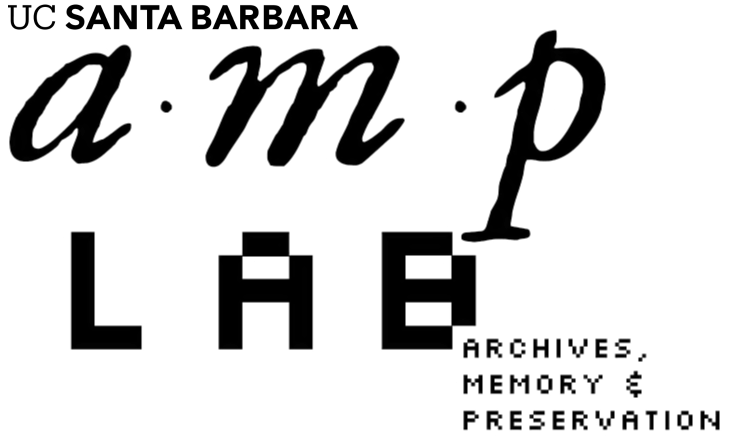For more information about a project, contact mirl@arthistory.ucsb.edu. See below for information regarding project-based student internships.
Central Coast Native American Modern to Contemporary Art Archive
The Central Coast Native American Modern to Contemporary Art Archive is a digital repository showcasing Native American artists from California’s Central Coast. Launched in Fall 2023, it addresses the historical underrepresentation of modern and contemporary Native artworks by featuring works on JSTOR Forum and, eventually, an open-access website.
Developed by staff and student interns from the Material / Image Research Lab, the project offers internship opportunities in digital curation and archival research, enriching art history with local voices and innovative, community-driven practices alongside scholarly collaboration. This platform will be open to all community members, both on JSTOR as well as an open-access web site.
https://forum.jstor.org/#/projects/150618
Please contact us for more information.
Technology
JSTOR Forum
People
Jeff O’Brien
Emily Sullivan
Jiwoo Choi
Mia Craik-Buxton
Kay Chung
Leili Shirvani
Jaret Valera
Reese Raygoza
Miles Trachtenberg
Date
September 2023—
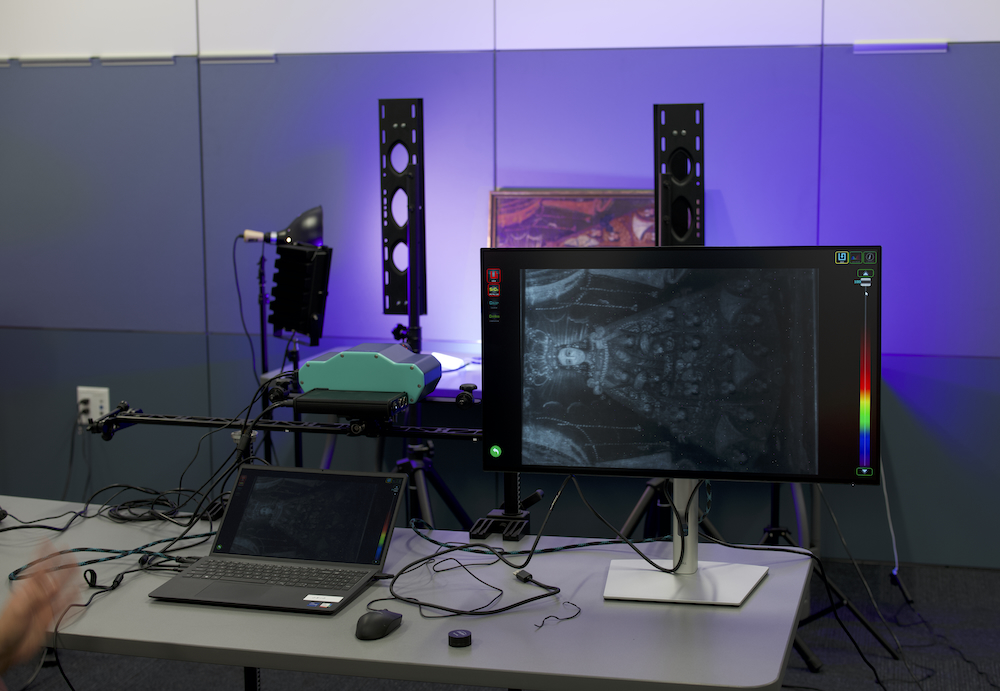
Object Histories, Making, and Meaning in the Andes
MIRL is supporting Object Histories, Making, and Meaning in the Andes as part of the Digital Infrastructure for Object-Based Storytelling Beyond the Academy initiative, in collaboration with the Archives, Memory, and Preservation Lab, and Neogranadina. Developed by Alicia Boswell and María Lumbreras (History of Art & Architecture, CLAIR), this project explores four Andean objects from UCSB’s AD&A Museum:
-A Paracas textile fragment with a wooden weaving tool (circa 500 BCE)
-A Khipu, an Inka-period cord-recording device (15th century)
-Two Colonial-era paintings: Virgin and Child and St. Rose of Lima
The project reconstructs these objects’ histories through visual and technical studies, including radiocarbon dating of the Paracas textile and Khipu and hyperspectral imaging of the paintings to analyze pigments and restoration. A bilingual (English/Spanish) virtual exhibition will make these findings accessible to descendant communities, scholars, and the public.
MIRL provides a digital framework, ensuring the project aligns with sustainable, open-source principles. Through low-cost 3D scanning and imaging, the project establishes best practices for digital storytelling. Object Histories, Making, and Meaning in the Andes reconnects these artworks with their origins, offering a model for ethical and community-centered digital engagement.
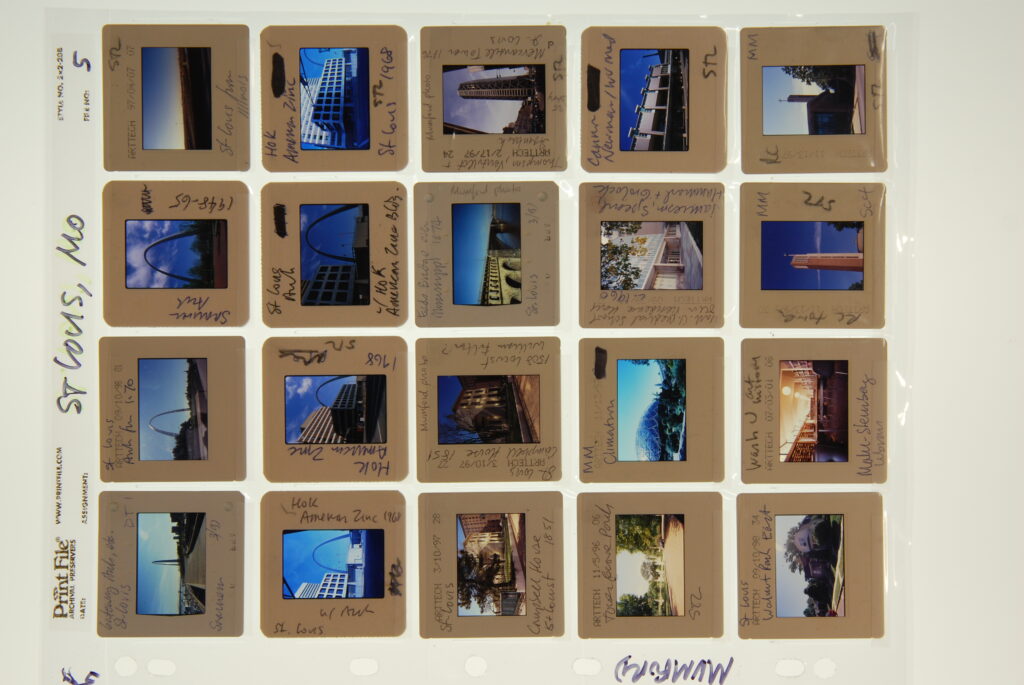
Color Film Emergency Project
The Material / Image Research Lab (MIRL) is participating in the Color Film Emergency Project, a collaboration with the Society of Architectural Historians funded by the National Endowment for the Humanities. The project addresses the urgent need to preserve at-risk 35mm slide collections that document historic architecture and cultural heritage. Through digitization, cataloging, and archival preparation, these materials are being made accessible via SAHARA on JSTOR, ensuring their long-term preservation and availability to researchers worldwide. Graduate students working with MIRL gain hands-on training in archival practices and digital preservation, contributing to the conservation of important visual resources while developing skills that support careers in art history, architecture, and cultural heritage.
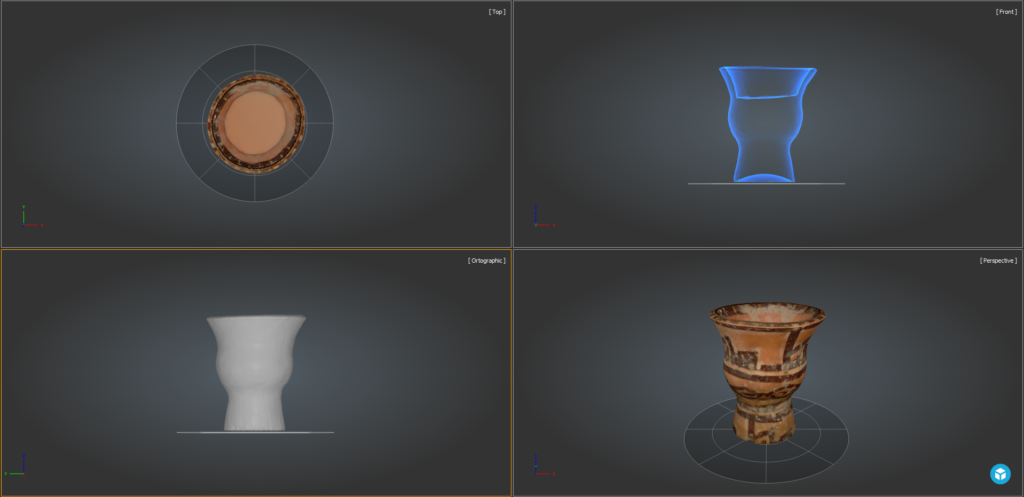
Documenting Ancient Americas Objects and Artworks
This project focuses on the systematic documentation, photography, and cataloging of newly acquired Ancient Americas artworks from the AD&A Museum. By addressing questions related to provenance, material composition, cultural significance, and historical context, the project seeks to enhance the accessibility and understanding of these objects within MIRL’s teaching collection. Each object will be photographed to produce high-quality visual records, and detailed metadata will be created or updated to refine catalog entries. Where gaps in information exist, additional research will be conducted to provide a more comprehensive understanding. Central to the project is the implementation of rigorous object-handling and preservation protocols, ensuring the long-term care and integrity of these culturally significant artifacts. This work contributes to advancing collections management practices and deepening scholarly engagement with the Ancient Americas.
Technology
JSTOR Forum, 3D scanning, Sketchfab, Blender, digital photography
People
Jeff O’Brien
Alicia Boswell
Silvia Luo
Izzy Devlin
Abigail Roberts
Date
January 2025—

Mackey Archive: Farfán, Peru
This expansive project explores the relationship between art history and archeology in utilizing formal analysis skills and digital humanities methods, yet with archeological objects. The project involved intensive digitization, documentation, and the development of metadata for 525 illustrations and photographs of Chimu and Lambayeque objects from approximately 60 burial sites in Farfan, Peru.
Technology
JSTOR Forum
People
Alicia Boswell
Hailee Corbin
Callan Nowacki
Lucas Vance
Date
January to August, 2023
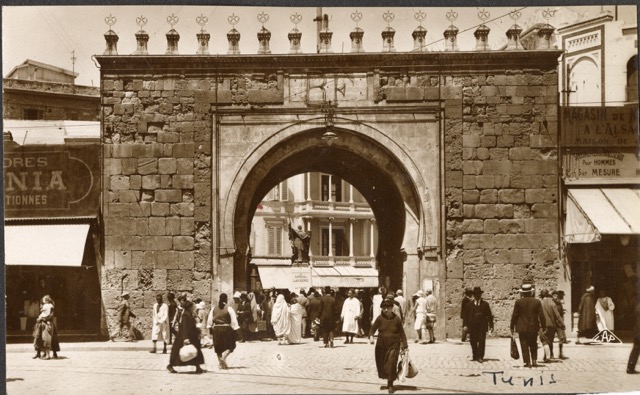
McConnel Fabulations
This project centers on the digitization of a compelling collection of vernacular photographs and postcards from North Africa and Europe, dating to the 1920s and 1930s. These materials offer valuable insights into everyday life, travel, and cross-cultural encounters during the interwar period. Photographs and postcards from this era often served as tools of representation, reflecting both personal narratives and broader societal trends. In colonial contexts, these images reveal complex dynamics of power, cultural exchange, and visual propaganda, capturing how colonized spaces and peoples were depicted for European audiences. Beyond their colonial implications, the materials also illuminate local perspectives, social customs, and the ways photography functioned as a medium of memory and connection. By digitizing and preserving this collection, the project contributes to the study of visual culture, colonial histories, and the role of photography in shaping collective and individual identities during a pivotal historical moment.
Technology
JSTOR Forum,
PixPlot, Tensorflow, UMAP
People
Milo Katz
Date
Spring 2024
MIRL offers for-academic credit student internships (ARTHI 192C). An internship at MIRL provides students the opportunity to develop practical skills in visual technologies, digital archives, and object-based research methodologies. Through hands-on projects, such as cataloging artworks, creating digital resources, or analyzing historical materials, interns gain valuable experience that enhances both their academic understanding and their ability to contribute to educational initiatives. The internship may be designed with a focus in one or more of these areas:
- development of the Central Coast Native American Modern to Contemporary art archive
- image technology related to research in the History of Art and Architectural History, including 3-D scanning
- archival and digitization work with 35mm slides, photographs and potentially materials from the Architecture and Design Collection
- object study in collaboration with the AD&A Museum and MIRL, including object storage, handling, transfer and display
To apply, send your resume, a list of related work experience and coursework, and an outline of your goals for an internship to Dr. Jeff O’Brien. Please contact us at least four weeks before the beginning of the quarter in which you are interested.


